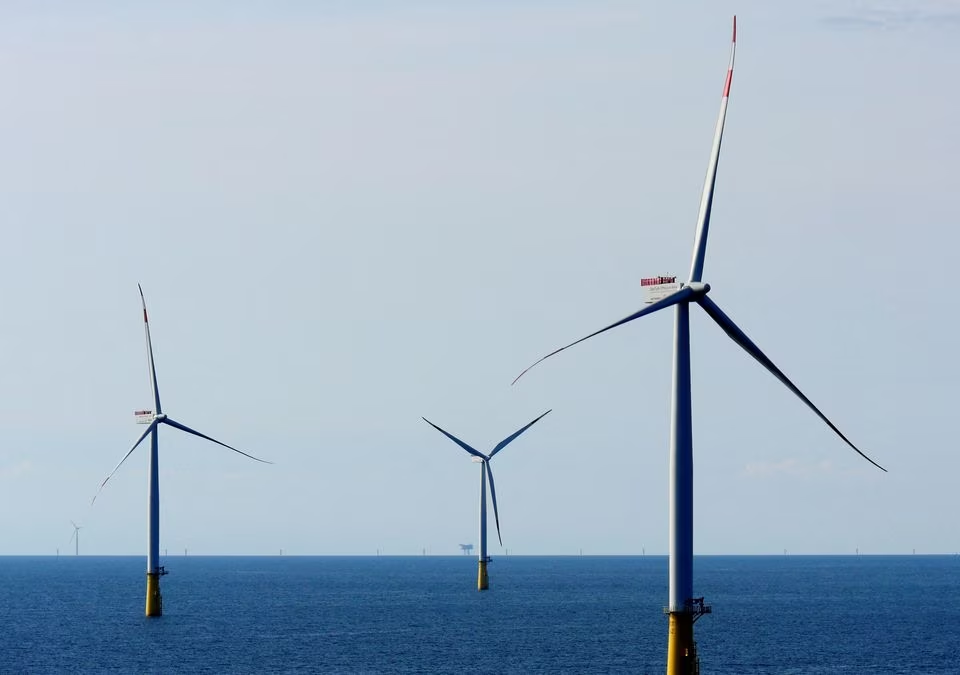In Short : India’s green energy push represents both a challenge and a responsibility for the nation. As the world grapples with climate change, India faces the dual task of meeting its growing energy demands while reducing its carbon footprint. The challenge lies in transitioning from fossil fuels to renewable sources at a pace that ensures energy security and economic growth. Simultaneously, India has a responsibility to mitigate its impact on the environment, contributing to global efforts in combating climate change. Balancing economic development with ecological sustainability is key to India’s green energy journey.
In Detail : However, this rapid growth in renewable energy brings with it an impending issue — by 2050, we may be faced with millions of tonnes of discarded solar PV panels.
While India marches forward on its path to achieve carbon neutrality by 2070, with a strong focus on embracing renewable energy sources, a critical issue remains unaddressed by the union government: disposal of aging solar panels and wind turbines.
Solar and wind energy dominate the renewable energy landscape. Currently, India boasts of a combined installed capacity of 100 GW in renewable energy generation, accounting for 22.5% of the nation’s energy, in contrast to the global share of 1.733 Terawatts, which is 12%.
Moreover, the union government is fast-tracking several upcoming projects, including ultra-mega solar power projects of 40,000 MW, a 12,000 MW government producer scheme, and 40,000 MW grid-connected rooftop solar projects. Additionally, under Pradhan Mantri Kisan Urja Suraksha evam Utthaan Mahabhiyaan (PMKUSUM), there are plans to integrate 30,800 MW of solar panel capacity into the grid. The International Energy Agency predicts that India will exceed its Paris Agreement commitment by generating 60% of its electricity from non-fossil fuels, surpassing the 40% pledge.
However, this rapid growth in renewable energy brings with it an impending issue — by 2050, we may be faced with millions of tonnes of discarded solar PV panels. Despite their intended lifespan of 25 to 30 years, advancements in PV panel efficiency and periodic decline in production efficiency may necessitate replacements, resulting in up to 50 times more waste than anticipated by international renewable energy
agencies.
Furthermore, globally, an estimated 43 million tonnes of wind turbine blades are expected to be discarded annually, with China, Europe, the US and India leading the way. As India’s renewable energy sector expands at this pace, it is imperative to acknowledge the potential side effects. With a predominant reliance on solar and wind energy, the associated pollution must not be ignored.
Production of PV panels consumes significant amounts of water and employs hazardous materials such as hydrochloric acid, sulfuric acid and nitric acid to clean and purify the semiconductor surface. Workers also face risks associated with inhaling silicon dust. Thin-film PV cells contain even more toxic materials than traditional silicon photovoltaic cells. Inadequate handling and disposal of these materials could pose severe environmental and public health risks.
The undeniable importance of renewable energy must be balanced with a proactive approach to address future environmental challenges associated with these sources. Therefore, the development of new policies, including incentives for PV panel recycling and safe disposal, is essential. The government must ensure that solar PV panel manufacturing companies incorporate safe waste disposal practices into their operations, securing a greener and more sustainable future for India.
Discarded waste, a major concern
By 2050, we may be faced with millions of tonnes of discarded solar PV panels. Globally, an estimated 43 million tonnes of wind turbine blades are expected to be discarded annually

